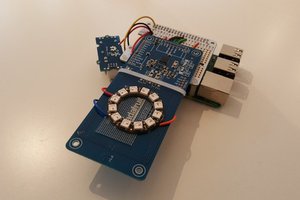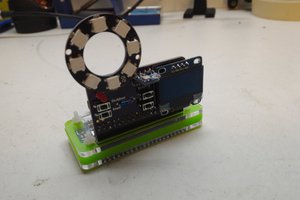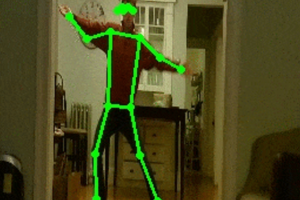The weather ticker v2 projects has the following features:
- 'zero setup': you prepare the micro SD card on your PC (by simply running an installation script, available on github.com), you then insert it into the raspberry pi, and you are ready to go (no manual setup on the device needed!)
- the installation script sets up the raspbian OS, expands the FS, enable spi, installs the code, prepares the WI-FI files, crontab jobs etc
- on the first boot the device updates itself with the needed packages
- on each reboot the code is updated from github.com (so you can very easily upgrade the code: you just push it to the github.com, and restart the device)
- the weather conditions are updated from yahoo.com (every 5 min)
- using two "4 in 1" arrays of MAX7219 LED dot matrix makes the hardware setup much easier (than using individual LED matrices)
- easy WI-FI credentials editing (even using a Windows machine)
 Petru Marginean
Petru Marginean

 Joe
Joe
 facelessloser
facelessloser
 ecd1012
ecd1012
 Rahul Khanna
Rahul Khanna
Hi. very interesting your project. Does your raspberry have enough power to light up so many LEDs? or do you use an external energy source? regards